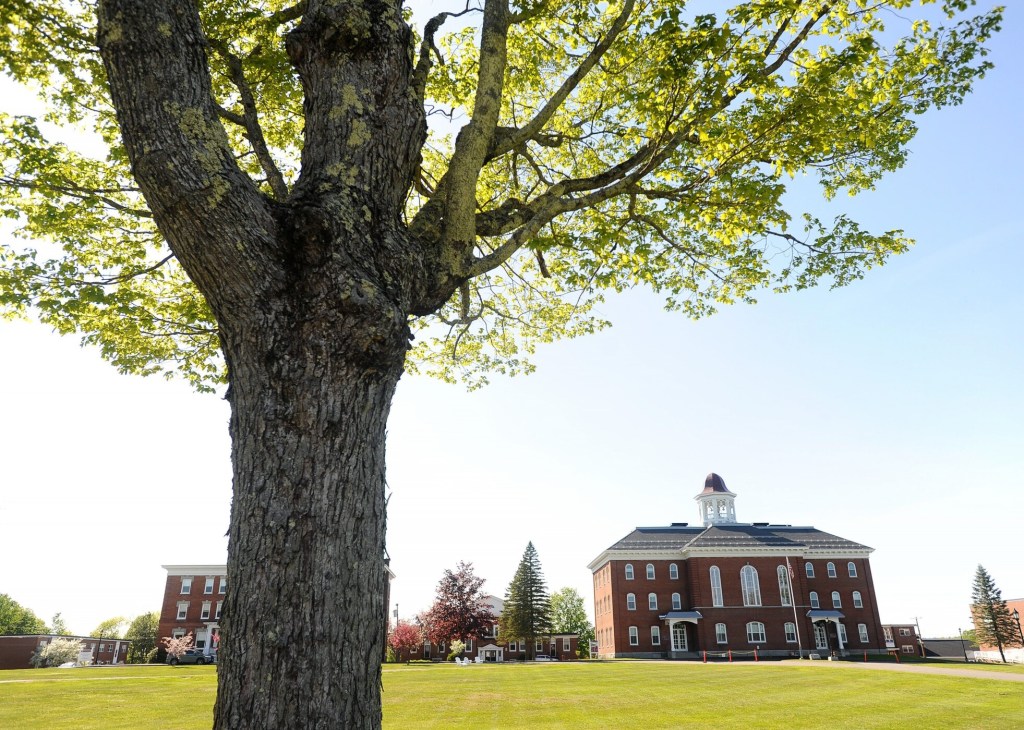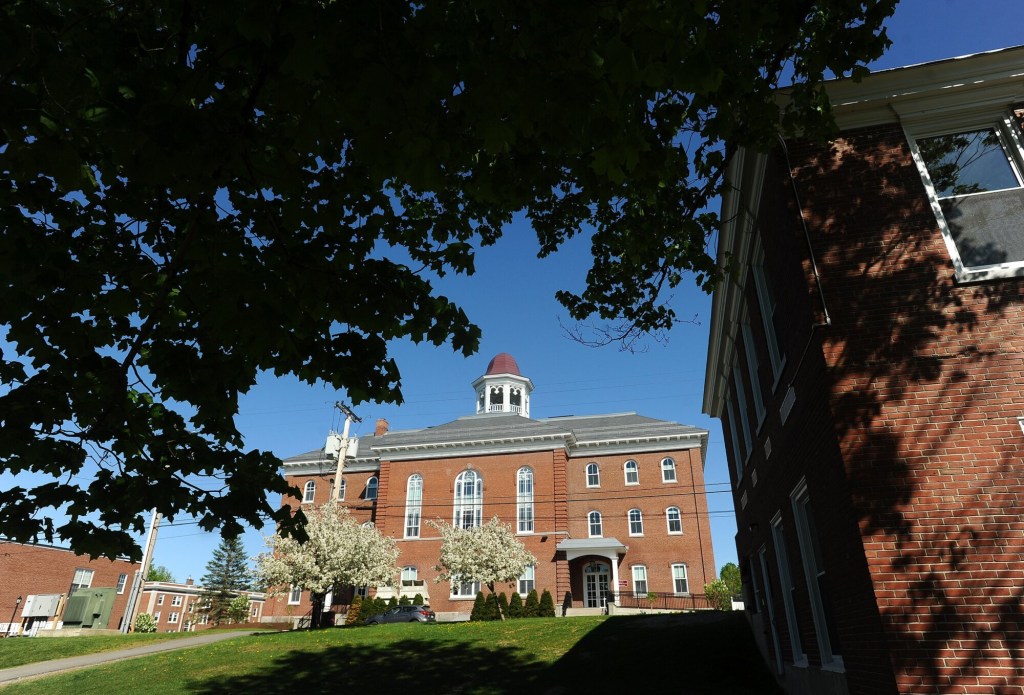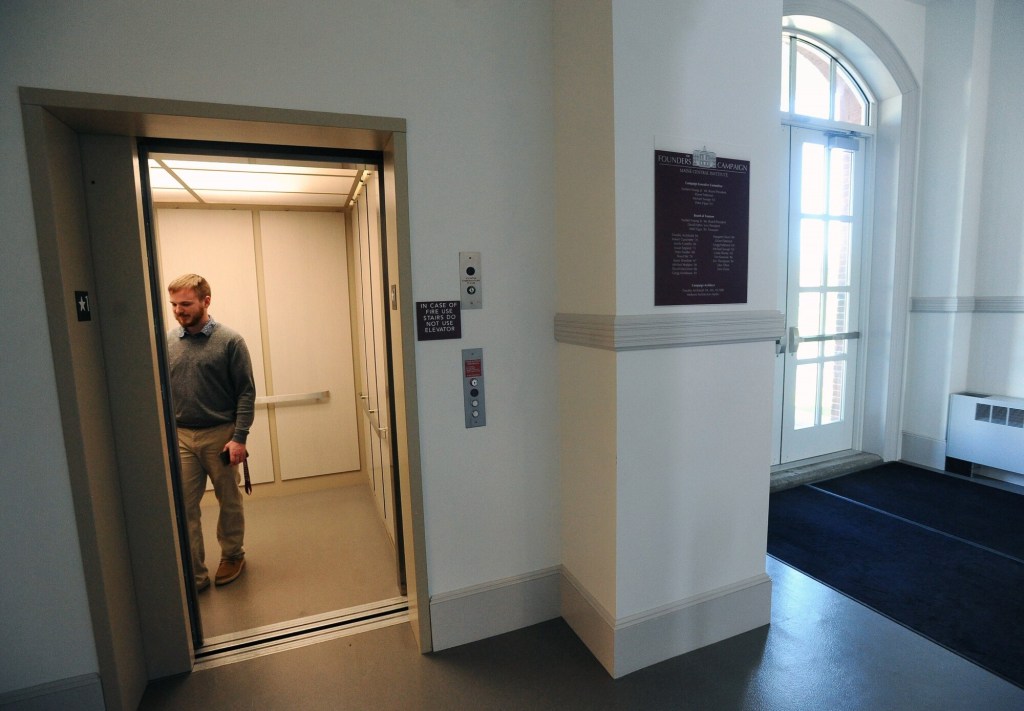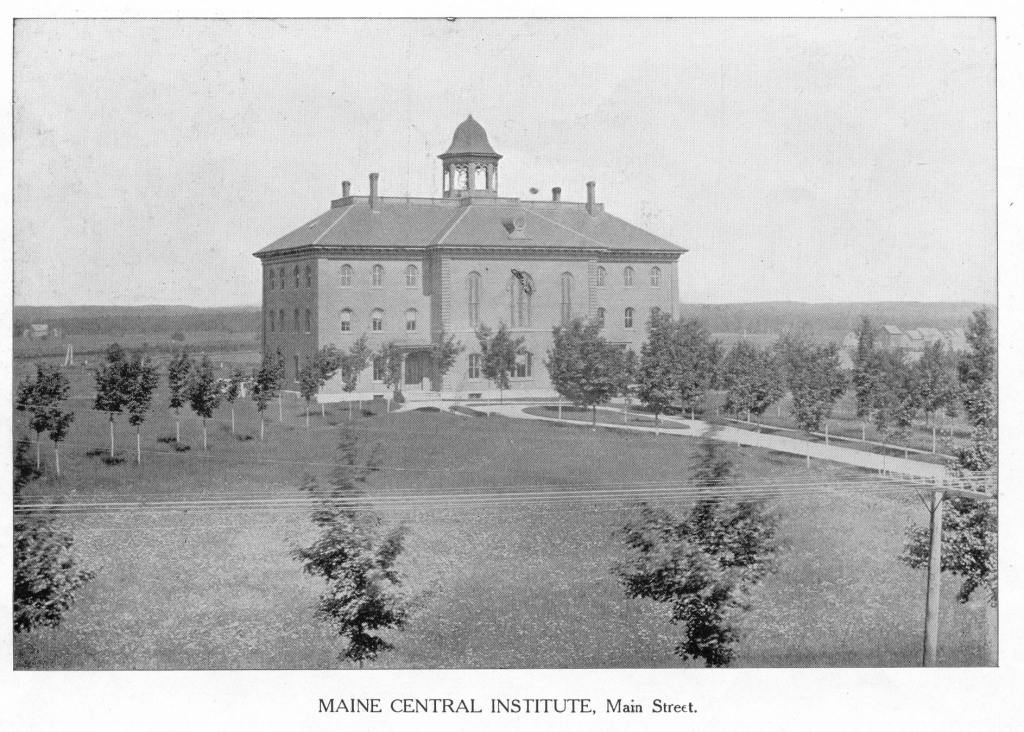PITTSFIELD — For 150 years, stately Founders Hall has held a commanding presence as the heart of Maine Central Institute’s 23-acre campus.
But the decades had taken a toll and the building lost some of its luster as it became outdated and not functional for a 21st century educational setting. Its steep staircases were a concern, and there was just one bathroom for the vast building.

MCI has completed a $6 million renovation of Founders Hall, which is listed on the National Register of Historic Places, and the work has been recognized with an award from Maine Preservation, a statewide, nonprofit historic preservation organization.
Founders Hall is the oldest building at MCI, which serves as an international boarding school and the public high school for Maine School Administrative District 53, which includes Pittsfield, Burnham and Detroit.
While the historic exterior of the building looks unchanged, the renovations were extensive inside.
“If we’re the heart of Pittsfield, this building is the heart of the campus,” said David Pearson, the head of school at MCI.
The school had planned to do the renovations in two phases, completing the classrooms and wings first, and then raising additional money so crews could come back to work on the performance space known as Powers Hall. An anonymous donor, however, gave several million dollars to the project, allowing renovations to be completed at once.
The building now houses 12 updated classrooms, each with high-tech temperature controls, touchpad screens and new furniture that was donated to the school. There are also several academic offices, including guidance counselors and college assistance, and conference rooms available to staff members and students.
“All of the new desks, chairs, all of the furniture you see up in the lounge, all of the office furniture was all part of a gift to the school to get new and modern furniture in the building,” said Tom Bertrand, assistant head of school for advancement.
The stairwells on either end of the building were rebuilt, a ramp entrance was added and an elevator was installed, making Founders Hall fully compliant with federal accessibility laws. Several bathrooms were also added.
A significant part of the renovation was to Powers Hall, which is the practice and performance space for the school’s acclaimed Bossov Ballet Theatre, a performing company and a preprofessional ballet school. Powers Hall makes up the central section of the building, stretching from front to back on the second and third floors.
The second floor includes an open space for ballet practice, with a special flooring applied as students bring out mirrors and ballet bars. There is also a stage overlooking the hall, which now features stained glass that had been covered before renovations. The stage has theatrical lighting and surround sound.
The third floor is a balcony around the edge of the space, overlooking the stage and practice area. Prior to the renovation, the space was used for storage because the floor was uneven and not stable. Now, the space functions as a student lounge and showcases student artwork on the walls.
The school added a taller glass railing to the balcony, but was able to keep the original wooden railing, allowing students and guests to utilize the space without erasing the historic elements.
Keeping those historic components was central to the renovation. For instance, as windows were replaced to improve heating and cooling efficiency, their original style of curved arches was retained. Original wainscoting trim also remains in classrooms.
The building’s historic bell tower was also a priority during the renovation. Bertrand said an MCI tradition has long been to ring the bell atop Founders Hall when the school wins an athletic event or for other campus celebrations. Students would pull a rope inside the building and, through a complex pulley system in the attic, ring the bell.
Although the pulley system was removed during the renovation so the attic space could be used for a new heating, ventilation and air conditioning system, it was important to preserve the tradition. Accordingly, the school replaced the yoke inside the bell with an automated alternative, so students can now ring the bell with the push of a button.
Send questions/comments to the editors.











